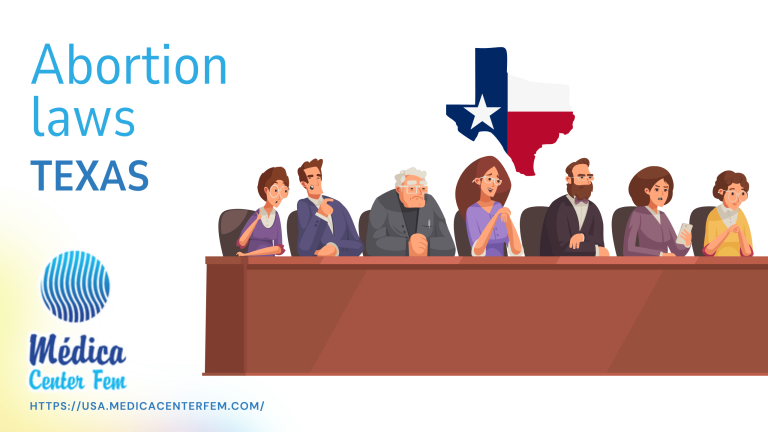Here’s a brief history of abortion laws in Texas:
Early Legislation
– Pre-1973: Abortion was largely illegal in Texas, except in cases of medical necessity. Women faced serious legal and health risks due to restrictive laws.
Roe v. Wade (1973)
– The landmark Supreme Court decision legalized abortion nationwide, asserting a woman’s right to privacy. Texas law had to conform to this ruling, allowing abortions under specific circumstances. Abortion pills and Surgical abortion .
Subsequent Legal Changes
– 1989 : The Supreme Court’s decision in *Webster v. Reproductive Health Services* allowed states to impose restrictions on abortions, leading to new Texas regulations.
– 1997 : Texas implemented informed consent laws, requiring women to receive counseling before an abortion.
Formation of New Restrictions
– 2011: Texas passed House Bill 15, which mandated a 24-hour waiting period and required women to undergo an ultrasound before the procedure.
Senate Bill 5 (2013)
– This law imposed stricter regulations on abortion clinics, leading to the closure of many facilities. It included requirements for clinics to meet ambulatory surgical center standards.
Whole Woman’s Health v. Hellerstedt (2016)
– The Supreme Court ruled in favor of Whole Woman’s Health, stating that the clinic restrictions imposed by Texas were unconstitutional and created an undue burden on women seeking abortions.
Senate Bill 8 (2021)
– This law banned most abortions after about six weeks of pregnancy, allowing private citizens to sue those who perform or aid in abortions. Its enforcement mechanism created significant legal challenges and sparked nationwide debates.
Recent Developments
– Since the overturning of Roe v. Wade in 2022, Texas has further tightened abortion restrictions, making it one of the most restrictive states in the country.
The history of abortion laws in Texas reflects ongoing legal battles and changing societal attitudes, impacting women’s reproductive rights significantly over the decades. Understanding this history is crucial for grasping the current legal landscape regarding abortion in Texas.
The Landscape of Abortion Laws in Texas: A 2025 Perspective
Introduction
- Briefly introduce the topic of abortion laws in Texas.
- Mention the evolving nature of these laws and their significance in the broader context of reproductive rights.
Historical Context
- Provide a brief overview of Texas’s abortion laws prior to 2025.
- Highlight significant legislative changes, court rulings, and public opinion shifts leading up to this point.
Key Laws in 2025
- Discuss the current state of abortion laws in Texas.
- Detail any new legislation passed in 2025, including restrictions or protections that may have been introduced.
- Mention any notable court cases that have impacted these laws.
Implications for Access
- Analyze how the 2025 laws affect access to abortion services for Texas residents.
- Discuss the implications for healthcare providers and patients, including potential barriers.
Public Response and Activism
- Cover the public’s response to the changing laws, including activism from both pro-choice and pro-life groups.
- Highlight any significant movements or protests that have arisen in response to the legislation.




